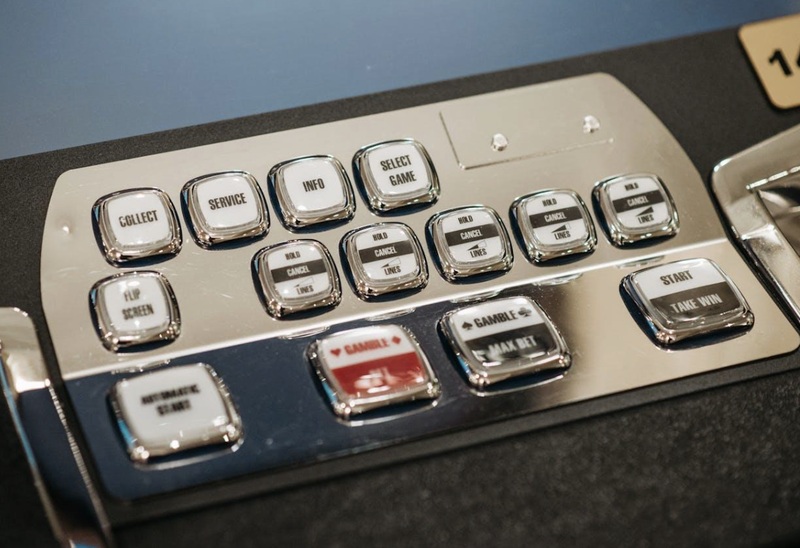
To understand how progressive jackpots work, you need to see how seed amounts are set, how each wager funds the pool, how meters are displayed in the lobby, and how resets occur after a win. Knowing this removes guesswork and helps players read jackpot panels with confidence, rather than relying on hype.
How progressive jackpots work behind the scenes
A progressive jackpot is funded by diverting a percentage of each qualifying wager. This value is called the progressive increment rate and is defined in the game’s technical specification. Technical standards such as GLI-19 (Interactive Gaming Systems) are commonly used to verify that jackpot contributions are transparent, logged, and consistent. If 1.5 percent of each spin feeds the pool, this setting is fixed within the approved software.
Many online lobbies present progressives using multiple jackpot levels to signal scale and frequency. Some operators use familiar structures, and the Cafe Casino Progressive Jackpot layout is a clear example where each jackpot level is visually separated and the meter movement is easy to follow. This kind of structure helps players compare how fast each tier grows, how reset values differ, and whether levels are fixed or progressive.
The jackpot does not start at zero. It begins at a seed amount or reset value, funded by the operator or a reserve pool. When someone wins, the system immediately resets the meter to this seed. The seed ensures the jackpot remains appealing right after a payout. What changes over time is how far above the reset the meter has grown. As a reference for how a progressive jackpot lobby presents levels and explanatory text, the Cafe Casino Progressive Jackpot page shows a straightforward layout that players can use to understand reset values and meter behavior.
How seasonal traffic influences jackpot growth
When more people play at once, progressive jackpots grow faster because more wagers feed the pool. This will often be boosted by promotional events, frequently run through social media campaigns. Cafe Casino runs a lot of these promotions for different games, both progressives and non-progressives - check out the one below for an example.
Promotions of any slot game tend to drive more users toward playing that particular title, but this usually doesn’t affect the average user much. When the game is a progressive jackpot, however, more users playing will accelerate the meter increases. During these spikes, clear jackpot information panels become even more important so players can see level names, current values, and last win information without confusion.
It’s also worth noting that for many people, anticipation is the real draw of these games - and social media posts like the one above can really boost this sensation.
Local vs networked jackpots and multi-level structures
There are two main architectures to be aware of:
-
Local jackpots collect contributions only from players at a single casino location or machine.
-
Networked jackpots aggregate contributions from multiple operators, leading to faster growth.
Jackpots may be single-level or multi-level. In multi-level systems (Mini, Minor, Major, Grand, or equivalent tier names), each level has its own seed and increment rate. Smaller levels usually trigger more often.
How meters, triggers, and resets are managed online
Progressive meters in online lobbies reflect real-time values pulled from a central server. The server handles all contributions, win detection, and resets. When a jackpot is triggered, the system:
-
Locks further contributions.
-
Registers and logs the win.
-
Displays the updated value to all participants.
-
Resets the meter to its seed amount.
-
Reopens incrementing.
These games usually have code in place to ensure that the prize value is updated promptly after a win, so that players aren’t left wondering if the number they are seeing is the current value or not.
Understanding increment rate, visibility, and reading panels
The progressive increment rate controls growth speed. A higher rate builds the pool faster but may come with a lower seed. Some panels list the exact percentage, while others simply state that a part of each wager contributes. Observant players can track how fast the meter moves to estimate overall volume and whether the pool is unusually high compared to its reset.
In multi-level jackpots:
-
Lower tiers often have higher increment rates.
-
Levels may update at different speeds.
-
Each level has its own reset value.
To correctly read a jackpot panel, look for:
-
Seed amount or reset value.
-
Increment description or contribution note.
-
Level labels (Mini, Minor, etc.).
-
Last win time or date (if displayed).
-
Local vs networked indicator.
This information reveals whether the jackpot is newly reset or approaching historical peaks. It does not reveal the probability of winning, which remains independent on each spin.
Why deeper understanding matters
Progressive jackpots are not random pots of money. They are governed by server logic. Online lobbies show the front-end meter, but the real process is structured: contribution, accumulation, trigger, reset, and display update. When you understand this cycle, you can read jackpot meters like a system instead of guessing.
A progressive only appears mysterious until you break it into parts: seed, increment, trigger logic, and reset. Once you recognize these components, the display becomes meaningful and predictable. The goal is not to chase the jackpot but to know exactly how it reached its value and what the panel is telling you. Clarity is the real advantage for any informed player.
